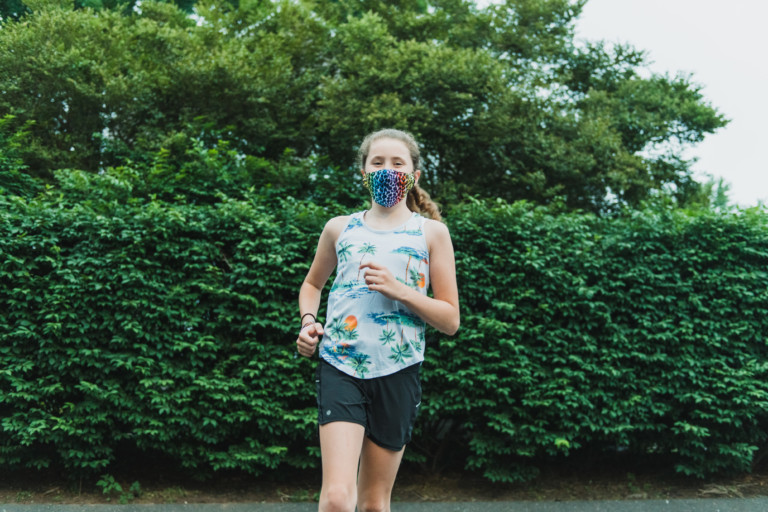2. Customize your child’s masks for comfort and style.
- Younger kids are drawn to masks that have characters on them. (Here at Connecticut Children’s, Mickey Mouse masks are a hit.) Kids of all ages can get involved in decorating their paper or fabric mask. Teens might want a favorite sports team, their favorite color or something else that expresses their individuality.
- Have your child try out different styles to see what they like best for look and feel: neck gaiters, masks with adjustable elastic, masks with elastic ear loops and masks that tie behind the head.
- Make their mask more comfortable with an “ear savers” band that attaches to the ear elastic (rather than the elastic connecting behind the head), or use clips or buttons to attach their mask to a headband or hat.
- If your child has sensory or developmental needs, pay extra attention to comfort: This post has tips.
3. Have a variety of masks that your child likes.
It’s a good idea to get your child used to several different masks. For one, it means you’ll always have a couple options handy even when one is in the laundry. For another, one of the best ways to get kids to cooperate with tasks is to give them a choice.
- Each time it’s appropriate for your child to wear a mask, you might start with giving them a choice. For example: “Would you like to wear your red mask, or your blue mask?”
- It can also be fun to designate different masks for different activities: for example, a surgical mask when going to the grocery store, and a cloth mask for taking a walk around the block


